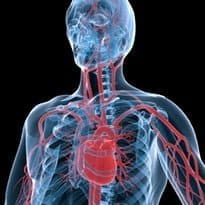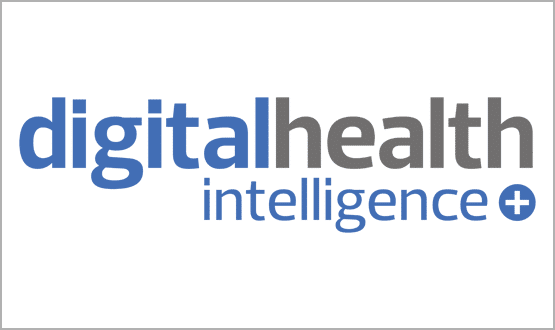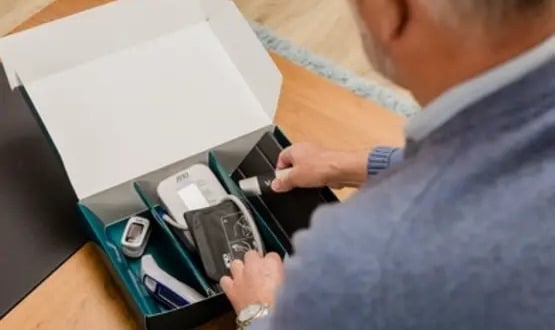Cardiology ‘slow to adopt imaging’
- 14 January 2013

The adoption of cardiac imaging modalities lags behind other imaging market segments, according to data from Frost and Sullivan.
A report from the analysts says this is partly due to uncertainty about which modality to use for which diagnostic scenario.
However, it also suggests a need for manufacturers to focus on innovative, patient-friendly products that promote greater safety and easier operability.
Senior research analyst Akanksha Joshi conducted the research, which was primarily aimed at identifying how the trends in medical imaging for cardiac application vary across the globe.
“Manufacturers need to have a thorough understanding of the cardiologist’s perspective on patient outcome and cost effectiveness for a particular modality,” Joshi remarked.
“They need to find out which modality is best suited for patients offering optimum diagnoses in a particular clinical scenario.”
The ‘Global Trends in Medical Imaging–Cardiology Applications’ study forms part of the Advanced Medical Technologies Growth Partnership Service programme, which is also looking at operating rooms, computed tomography, and molecular imaging.
The imaging report covers four diagnostic modalities for cardiac applications: cardiac computed tomography, cardiovascular magnetic resonance imaging, echocardiography and interventional cardiology.
Frost and Sullivan reports that demographics are playing a key role in the market, with an aging population being the foremost driver.
The rising incidence of cardiovascular diseases is also resulting in escalating demand for equipment and software to facilitate diagnoses.
Researchers also identified a shift in the adoption pattern for imaging modalities by geographical region. Markets in North America and Europe were found to be mostly saturated, with the largest revenue share now being generated by emerging economies like China, India, Russia and Brazil.
In relation to the UK and Europe, the analysis found that echocardiography, CT, MRI and nuclear imaging are popular and will maintain their market position.
“Previously, cardiologists were using three or four diagnostic imaging tests to diagnose a particular condition. However, current research indicates that they are interested in using fewer types of scans,” reported Joshi.
Furthermore, the findings suggest that the adoption of advanced modalities is slower in the cardiology space, compared to other segments, partly due to a lack of skilled healthcare professionals who can effectively use the new devices.
“It is therefore critical for manufacturers to provide innovative, accurate, reliable and patient-friendly equipment,” advises Joshi. “Such endeavours will assuage the apprehensions of the medical community in using new technology.”




